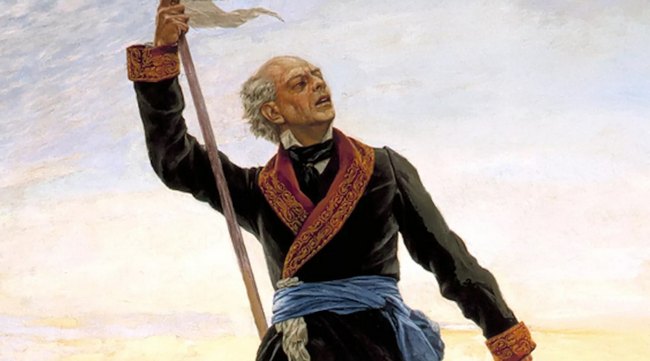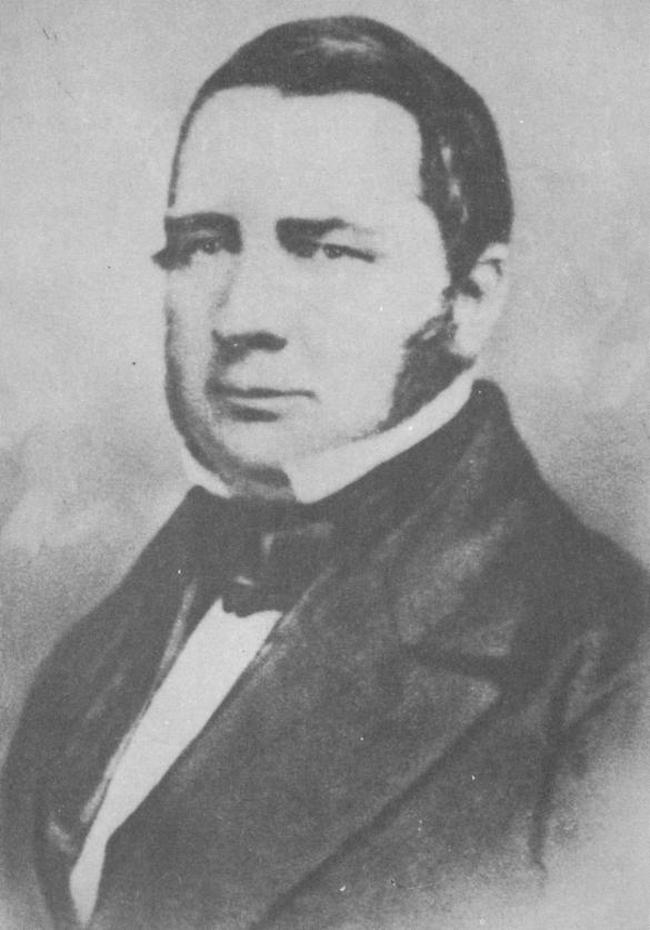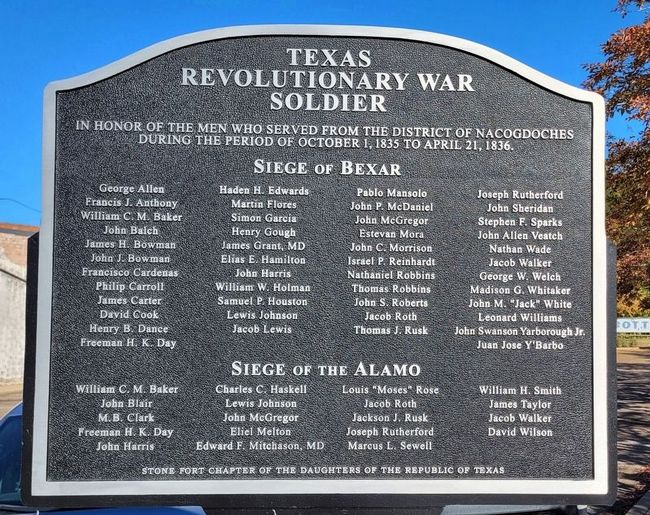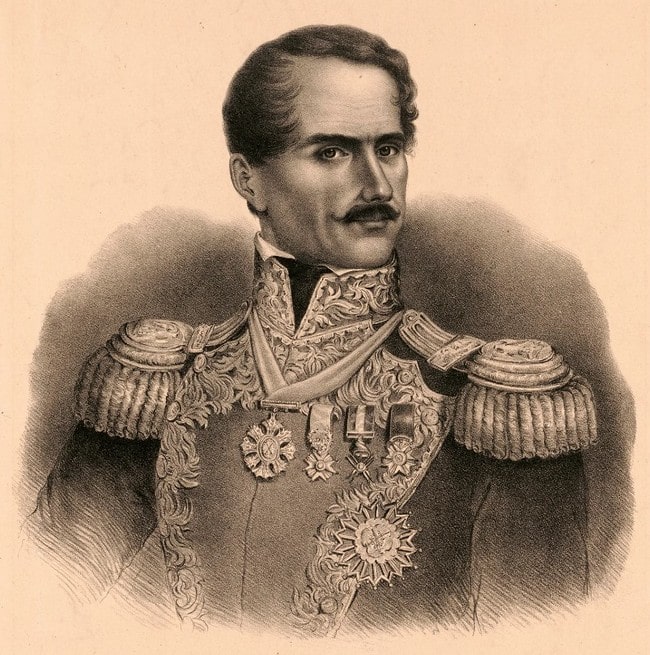
Antonio Lopez de Santa Anna (1794-1876) was a prominent military and political figure in Mexican history, serving as President of Mexico on multiple occasions. He is best known for his role in the Texas Revolution, during which he commanded Mexican forces against Texan rebels. Despite his numerous accomplishments, Santa Anna is a controversial figure, and his legacy remains subject to debate.
Early Life and Military Career
Antonio Lopez de Santa Anna was born on February 21, 1794, in Xalapa, Veracruz, Mexico. His father, a Spanish soldier, died when he was young, and he was raised by his mother and stepfather. At the age of 16, he joined the Spanish Army, serving in various campaigns in Mexico and Central America. He quickly rose through the ranks, becoming a captain at the age of 22.
Santa Anna’s military career was marked by numerous victories and defeats. He fought in the Mexican War of Independence against Spain, and later against the Central American republics that had declared independence from Mexico. He also served in the Mexican-American War, where he suffered a devastating defeat at the Battle of Buena Vista.
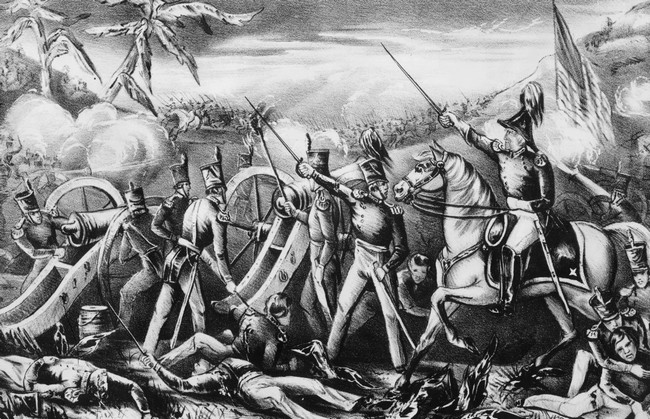
Source: cdn.britannica.com
Political Career and Presidency
In addition to his military career, Santa Anna was also involved in politics. He first served as a member of the Mexican Congress in 1822, and later as Governor of the Mexican state of Veracruz. In 1833, he was elected President of Mexico, serving for just over a year before being deposed in a coup. He regained the presidency in 1839, but was again overthrown in 1841.
Santa Anna’s most significant term as president was from 1842 to 1844, during which he implemented several reforms aimed at modernizing Mexico. He also worked to strengthen ties with the United States, signing the Treaty of Velasco in 1836, which ended the Texas Revolution and recognized Texas as an independent republic.
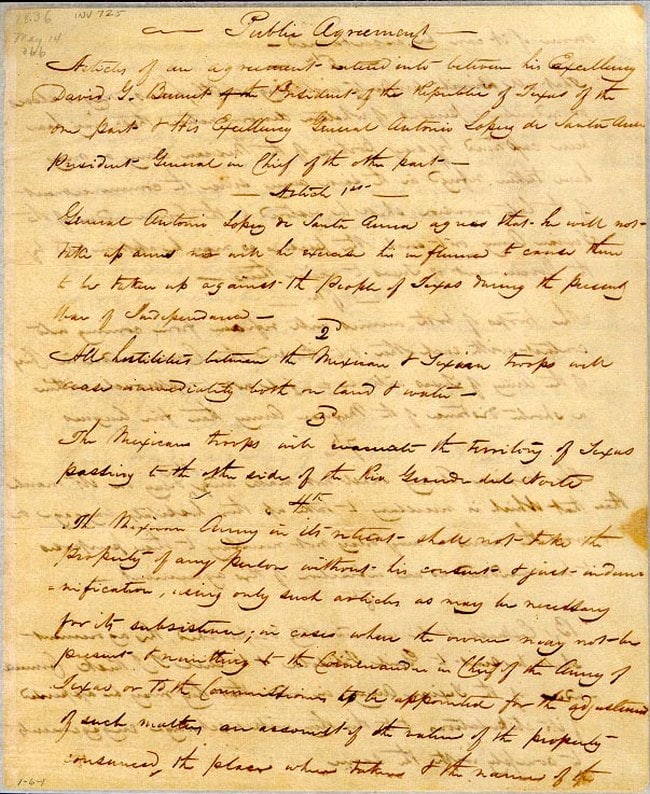
Source: www.tshaonline.org
Texas Revolution and Battle of the Alamo
Despite his efforts to maintain good relations with Texas, Santa Anna’s actions ultimately led to the Texas Revolution. In 1835, he abolished the Mexican Constitution of 1824, which had granted greater autonomy to the states, and centralized power in the federal government. This move was unpopular among Texans, many of whom were American settlers who had migrated to the region in search of land and opportunity.
In October 1835, Texans declared their independence from Mexico, and Santa Anna led a large army to crush the rebellion. The Texans, led by figures such as Sam Houston and William Travis, managed to hold off Santa Anna’s forces for several months, but were ultimately defeated at the Battle of the Alamo in March 1836.
The Battle of the Alamo has become a symbol of Texas’ fight for independence, with legendary figures such as Davy Crockett and Jim Bowie fighting to the death against overwhelming odds. While the battle was a Mexican victory, it came at a high cost, with an estimated 600 Mexican soldiers killed or wounded.
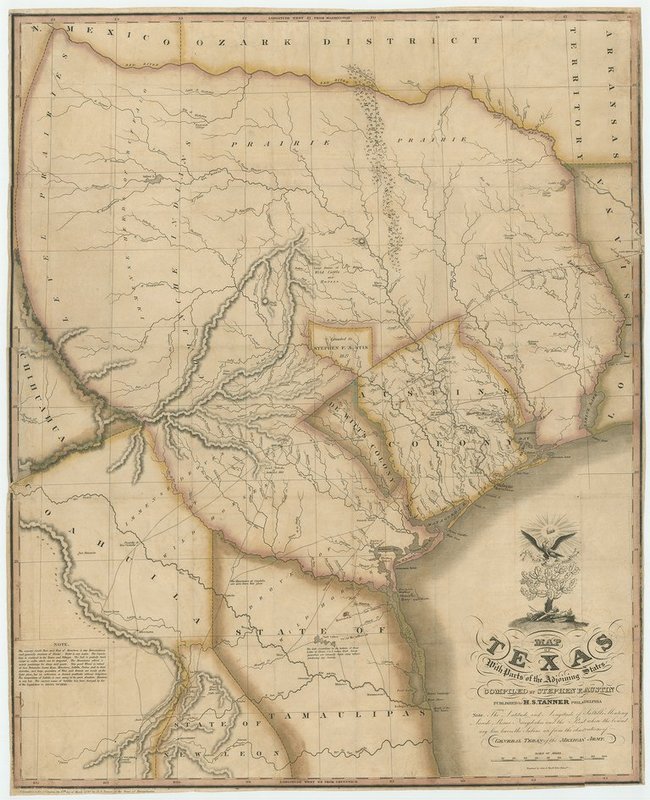
Source: www.thealamo.org
Later Years and Legacy
Following his defeat in the Texas Revolution, Santa Anna’s political fortunes declined. He was exiled from Mexico on multiple occasions, and spent time in Cuba, Colombia, and the United States. He returned to Mexico in 1853, and briefly served as dictator before being overthrown in a coup in 1855.
Despite his controversial legacy, Santa Anna remains a significant figure in Mexican history. He played a key role in shaping the modern Mexican state, and his military campaigns helped to secure Mexico’s independence from Spain. However, his actions in the Texas Revolution and his authoritarian tendencies have led many to view him as a villain.
FAQ
How did Santa Anna's personality contribute to his political success and downfall?
Was Santa Anna's personality consistent throughout his career, or did it change over time?
How did Santa Anna's personality shape his role in the Texas Revolution?
Conclusion
Antonio Lopez de Santa Anna was a complex and controversial figure in Mexican history. He was a skilled military commander who fought in numerous campaigns throughout his career, but also a polarizing political figure who served as President of Mexico on multiple occasions. Santa Anna’s legacy is shaped by his actions during the Texas Revolution, where he played a central role in the conflict.
While some view Santa Anna as a hero who fought to preserve Mexican sovereignty, others see him as a tyrant who squandered Mexico’s resources and oppressed his own people. Regardless of one’s perspective, there is no denying that Santa Anna left a lasting impact on Mexican history.
Today, Santa Anna is remembered through various monuments, including statues in his honor in Mexico City and Veracruz. However, his legacy remains a subject of debate and interpretation, and his place in Mexican history continues to be evaluated and reconsidered by scholars and the public alike.
